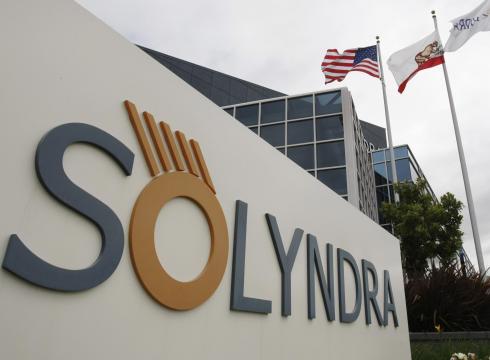Solyndra has filed suit in U.S. District Court in Northern California against three of its Chinese competitors in the solar cell market. Fox news reported that the suit was filed on Thursday, October 11. The lawsuit is Solyndra, LLC v. Suntech Power Holdings Co Ltd et al, U.S. District Court, Northern District of California, No. 12-05272.
The basis of the suit is supposed price fixing at predatory prices. I smell a rat that the Chinese firms would fix prices at a “predatory” level. Price fixing is almost always at a higher price than should be charged rather than at a lower price than should be charged. There may be some obscure examples of certain competitors getting together to get other competitors out of the market. But in this case I think the Chinese will clearly show they had better chemistry and lower costs.
The other interesting aspect of the suit is that it names only three Chinese firms that also have their stock listed in the US. The three firms named are Suntech, Trina Solar Ltd. and Yingli Green Energy Holding Co. There are at least three other Chinese companies who have their stock listed in the US that are not named in the suit. These three other companies are Rene Sola Limited, LDK Solar Company Limited, and J. A. Solar Holdings Company Limited, These three companies also beat Solyndra in the free marketplace and raised capital in the USA.
The suit that Solyndra brought claims the three Chinese companies lowered pricing by 75% over four years and that the prices moved in tandem. Well, that is what happens when a commodity market is oversupplied and competitors fight for market share. The Chinese have learned Economics 101 that firms will lower prices till they reach their marginal cost.
What really happened is that the low cost chemistry for solar cell production became silicon-based, and the more complex chemistry of copper, indium, gallium, and selenide (CIGS) that Solyndra had chosen was simply uncompetitive with silicon. Even Secretary of Energy Steven Chu, writing in the prestigious journal Nature in August 2012, admits crystalline silicon cells are 17 to 19% efficient and CIGS cells are currently only 12 to 14% efficient. (Nature, Volume 488, page 299, 16 August 2012).
I believe the suit is baseless–but the timing is priceless. The timing is just prior to the election and the suit is likely a face-saving decoy for the President of the United States and his Department of Energy. The suit has probably been filed to deflect criticism for their investment of taxpayers’ money in Solyndra. Speculatively, one might wonder whether the largest shareholder in Solyndra, George Kaiser, could be behind the suit as he continues to try to control events at Solyndra even in bankruptcy.
Of course, one can sue anybody for anything, and Solyndra can sue three Chinese companies for the oxymoron of “price fixing at predatory levels.” But I happen to think that silicon beat CIGS and that Secretary Chu bet on the wrong chemistry. The Chinese bet on the right chemistry.
Perhaps the lawsuit to be filed is the impeachment of Secretary Chu for his utter incompetence in running the Department of Energy.
Lindsay Leveen is a chemical engineer and has written a book on energy and sustainability.

COMMENTS
Please let us know if you're having issues with commenting.